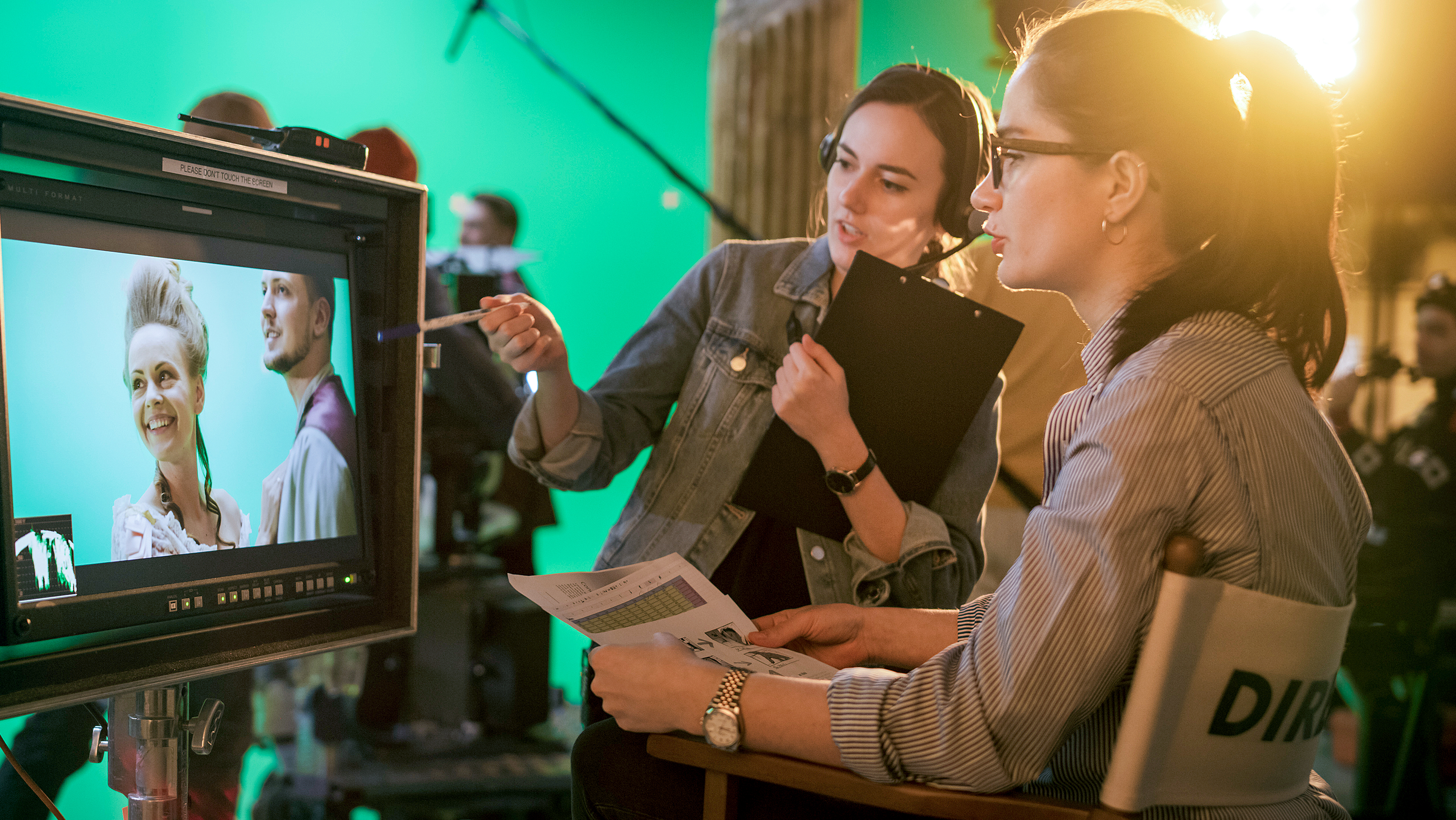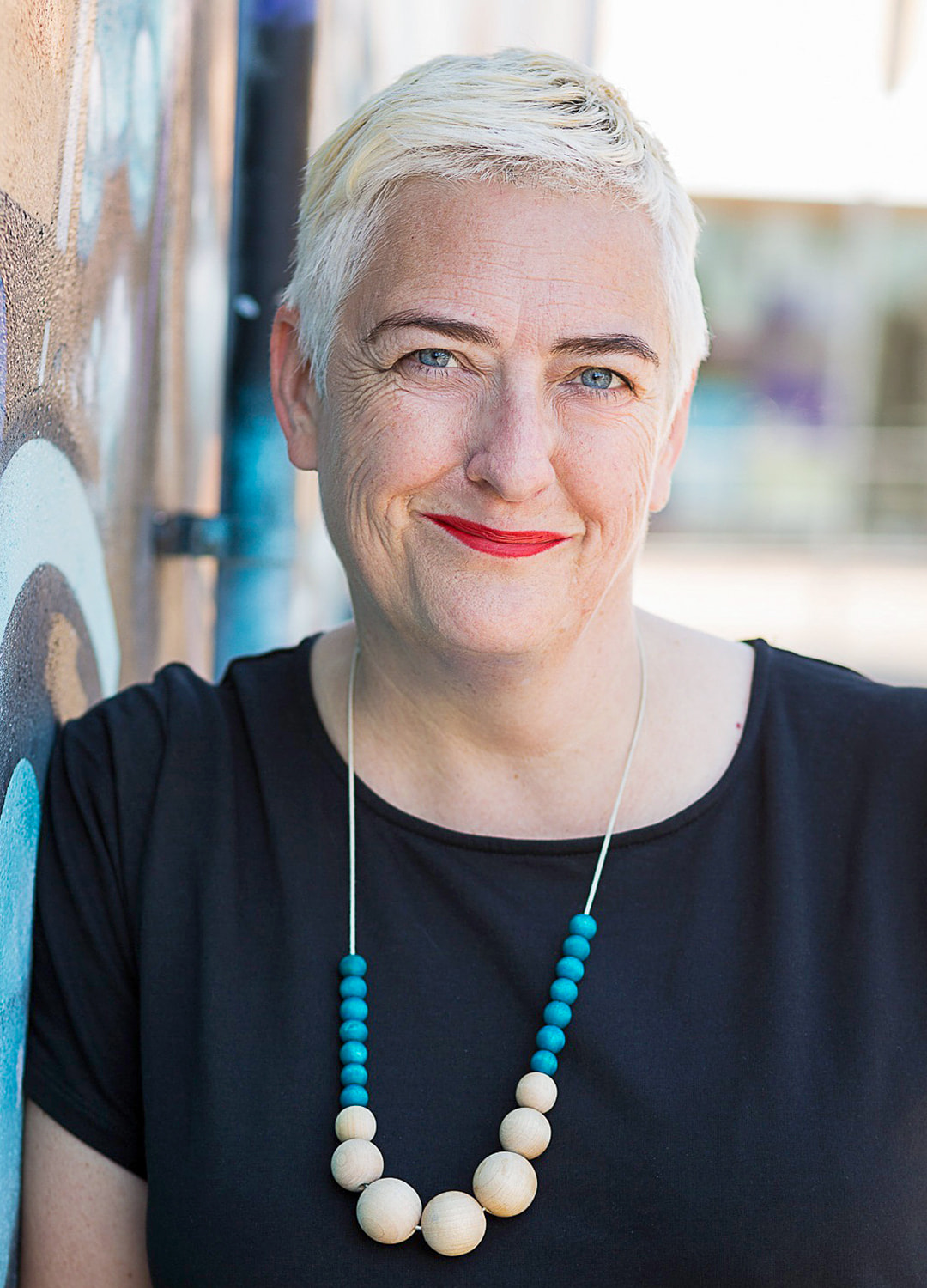Progress towards gender parity can be slow in any industry, but new research from the University of Alberta shows it could take almost 200 years to reach that goal in Canada’s film industry.
Deb Verhoeven and her collaborators Elizabeth Prommer, Skadi Loist and Doris Ruth Eikhof examined 12,000 films made between 2005 and 2020, primarily in Canada, the U.K. and Germany. They focused on key creative positions — producers, writers and directors, says Verhoeven, who is Canada 150 Research Chair in Gender and Cultural Informatics, jointly appointed to the Department of Digital Humanities and Women’s and Gender Studies.
The results show Canada falls dramatically behind the U.K. and Germany, where gender parity is expected to be reached in 61 years and 17 years respectively at the current rate of progress.
There is no clear explanation for Canada’s glacial pace, says Verhoeven. Canadian film projects tend to rely heavily on public funding, and for the most part access to it has not been made conditional on gender equity or inclusion. Key industry positions are dominated by men, who hold, on average, 77 per cent of them. And men constitute 82 per cent of the decision-making network elite.
However, Telefilm Canada, the main source of public funding in Canada, has made noticeable gains with a lower number of all-men teams in the films it funds, she says.
“If you look at films funded by Telefilm versus those that aren’t over the last five years, you see that there are fewer films made by all-men teams.” But when it comes to comparing gender distribution overall, she adds, there doesn’t seem to be much difference.
"The critical problem is not that there are too many all-men teams, but rather too many teams with tokenistic appointments of women and gender minorities. The interventions designed by policy-makers do not seem to be configured to address the specific problems in the Canadian industry."
Shifting attention from the inclusion of one woman or member of a gender minority on a creative team to promoting equitable inclusion across creative teams could bring about greater change.
One aggravating factor slowing gender parity in film industries is that creative teams tend to be temporary and sparsely distributed, changing from project to project. “They dissipate very quickly, and about 70 per cent of people entering the industry every year in those three key roles leave after one film,” she says.
As a result, policies that give women opportunities to make a crucial second film could also make a difference.
“When women are able to have that second project, they tend to improve their position in the industry dramatically. So rather than focus on applying gender equity policies at the entry level, there could be more benefit in focusing on improving opportunities once women and gender minorities are already working in the industry.”
Regardless of country, Verhoeven and her team found that small equity gains occurred without displacing men. In other words, the industries engaged more women simply because of growth.
They also found that men tend to collaborate with other men, “highlighting a major gender disparity in the way professional networks perpetuate male dominance.”
Somewhat surprising was the faster rate of change in the German film industry, says Verhoeven, despite the absence of gender equity policies. It’s a phenomenon requiring further study, she adds, but it might come down to what she calls the “Angela Merkel effect,” referring to Germany’s former chancellor.
“If in a given culture you have more women in leadership, does that alter the ways in which people interact with each other and engage in respectful relationships? These things don’t happen in isolation.”
Verhoeven points to one of her previous studies showing a correlation between political representation and better equity outcomes in film industries. She stresses that her latest study — exposing wildly varying results from country to country — illustrates the need for context-specific policies.
“There is no one-size-fits-all, magic bullet solution,” says Verhoeven. Instead of focusing on ostensibly easy fixes such as quotas or mentoring, “we need to develop customized policies in tune with industry contexts.”
Beyond that, the solution might be even more radical.
“We might start by rethinking altogether our aspirations for policy-led solutions. Perhaps we finally need to concede that gender equity policy has historically worked better as a form of political posturing than as a potent intervention.”

